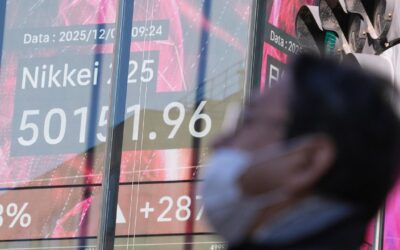Sorry, that’s old news…
You’ve found an older news story. We delete stories from our AAP News Feed after two months. But fear not, here’s today’s news!

Japan spending data weak and the Nikkei has fallen, with the BOJ widely expected to hike rates this month.

Premier Investments shares sank after the owner of kids stationery seller Smiggle and Peter Alexander sleepwear ...

Australia is hitting all the major milestones for AUKUS as a Pentagon spokesperson says the submarines pact is on ...

To protect children from unintentionally encountering porn and extreme violence, search engines will be required ...

A day after her critically-panned Netflix Christmas special aired, the Duchess of Sussex has launched a range of ...

A project to deliver the nation's only indoor snow resort is about to begin its long journey to completion, after ...

Thousands of Kiwis have flocked to the opening of New Zealand's first IKEA store and the retailer's most distant ...

An order for all smartphones sold in India to have a state-run cybersecurity app that cannot be deleted has been ...
No results found.
Background image courtesy victoriancollections.net.au